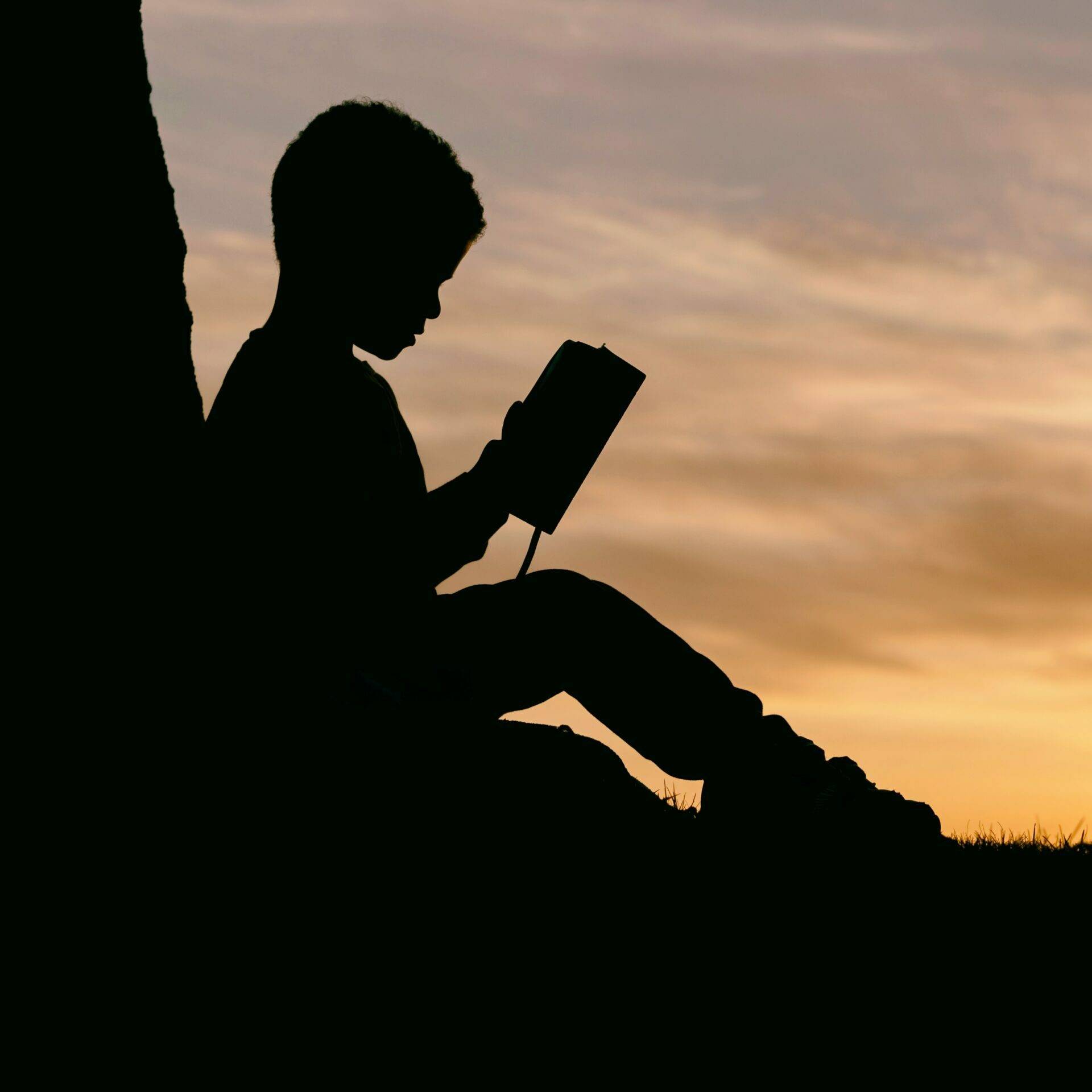Native American tribes have recently escalated legal actions against the U.S. government, centering on the financial underpinnings of the controversial Indian Boarding School system. This lawsuit throws a harsh spotlight on the alleged misuse of trust funds that were originally intended to support Native children’s education but instead fueled decades of systemic abuse across boarding schools.
How the 2025 Lawsuit Uncovers Misappropriation of Boarding School Funds
The Wichita and Affiliated Tribes, along with the Washoe Tribe of Nevada and California, filed a groundbreaking lawsuit in a federal court in Pennsylvania, requesting a transparent accounting of nearly $23.3 billion in trust funds. These funds are believed to have been diverted from their intended educational purposes to finance the Federal Indian Boarding School program, which operated with widespread reports of abuse and neglect.
- The trust funds stemmed from proceeds of tribal land sales, intended to ensure quality education for Native children through entities like the Bureau of Indian Education.
- The lawsuit challenges the federal government’s failure to disclose detailed usage of these funds, breaching the unique and ongoing trust responsibilities owed to Native Nations.
- The legal action demands accountability from various federal bodies, including the Department of the Interior and the Bureau of Indian Affairs.
Understanding how such a large sum was unaccounted for invites urgent reflection on the legacy of systemic disenfranchisement Native communities have endured.
The Boarding School Program’s Lasting Impact on Indigenous Education
The boarding schools, many managed by religious organizations and numbering over 400 from 1819 to 1969, forcibly assimilated Indigenous children by severing their ties to culture, language, and community. The traumatic effects persist in contemporary Native communities.
- Reports from 2022 and 2024, initiated under Interior Secretary Deb Haaland, highlighted abuses including forced labor, physical and sexual violence, and documented at least 973 deaths in the boarding school system.
- These schools denied educational opportunities aligned with Native traditions and failed to prepare children to thrive within their own communities.
- The cycle of trauma has contributed to ongoing struggles with poverty, violence, and addiction within Indigenous populations.
This lawsuit, anchored by organizations like the Native American Rights Fund and inspired by research disseminated through platforms such as Indian Country Today, aims to confront this painful history and foster a more just future for Native education.
Federal Responsibilities and the Demand for Transparency in Tribal Education Funding
The lawsuit underscores the sacred trust relationship formed through treaties, where Native Nations ceded land with the expectation that the U.S. government would provide for their children’s education. This responsibility carries both a legal and moral imperative.
- The plaintiff tribes assert the need for comprehensive disclosure of all funds used in the boarding school program, consistent with federal trust obligations.
- Key figures named include Interior Secretary Doug Burgum and agencies such as the Bureau of Indian Education, which still oversees Native educational institutions including Tribal Colleges and Universities.
- While the Department of the Interior avoids commenting on ongoing litigation, it reaffirms its commitment to protecting tribal treaty rights and education mandates.
Bridging the gap between past failings and current educational reforms calls for active collaboration with entities like the American Indian College Fund and the First Nations Development Institute, which focus on uplifting Native learners through culturally responsive support.
Addressing Historical Injustices to Enhance Future Learning Environments
The legacy of boarding schools is not only a chapter of suffering but also a call for transformative educational practices that respect Native American heritage and knowledge systems.
- Culturally responsive pedagogy is key to rebuilding trust and engaging Indigenous students, as explained in resources available at Education to the Top.
- Bridging digital divides and employing technology-enhanced learning tools, themes discussed on this platform, help ensure equitable access to quality education for Native youth.
- Family involvement in education, a focus area as outlined by Education to the Top, strengthens community ties and student success.
Collaborations among tribal organizations, such as the Native American Heritage Association and the Indian Land Tenure Foundation, work toward land and cultural preservation as foundations for holistic educational development. These efforts complement policy reforms needed to address intergenerational trauma detailed in the lawsuit.


